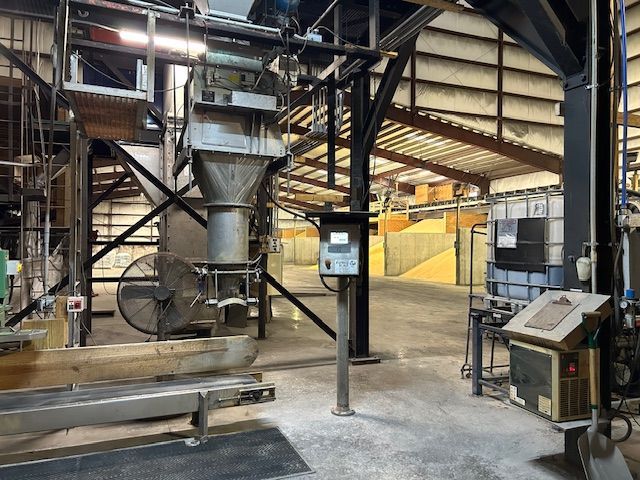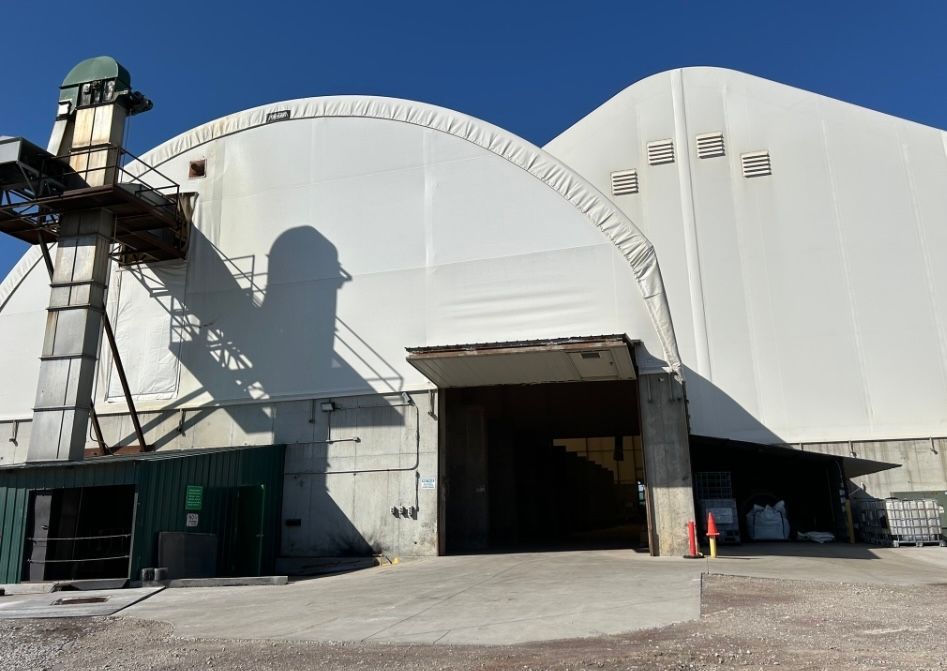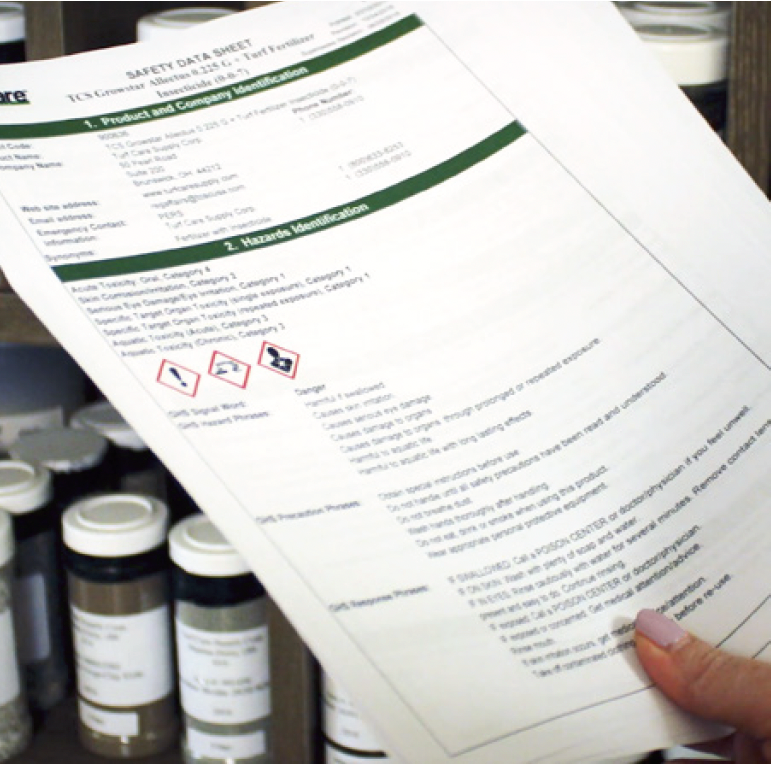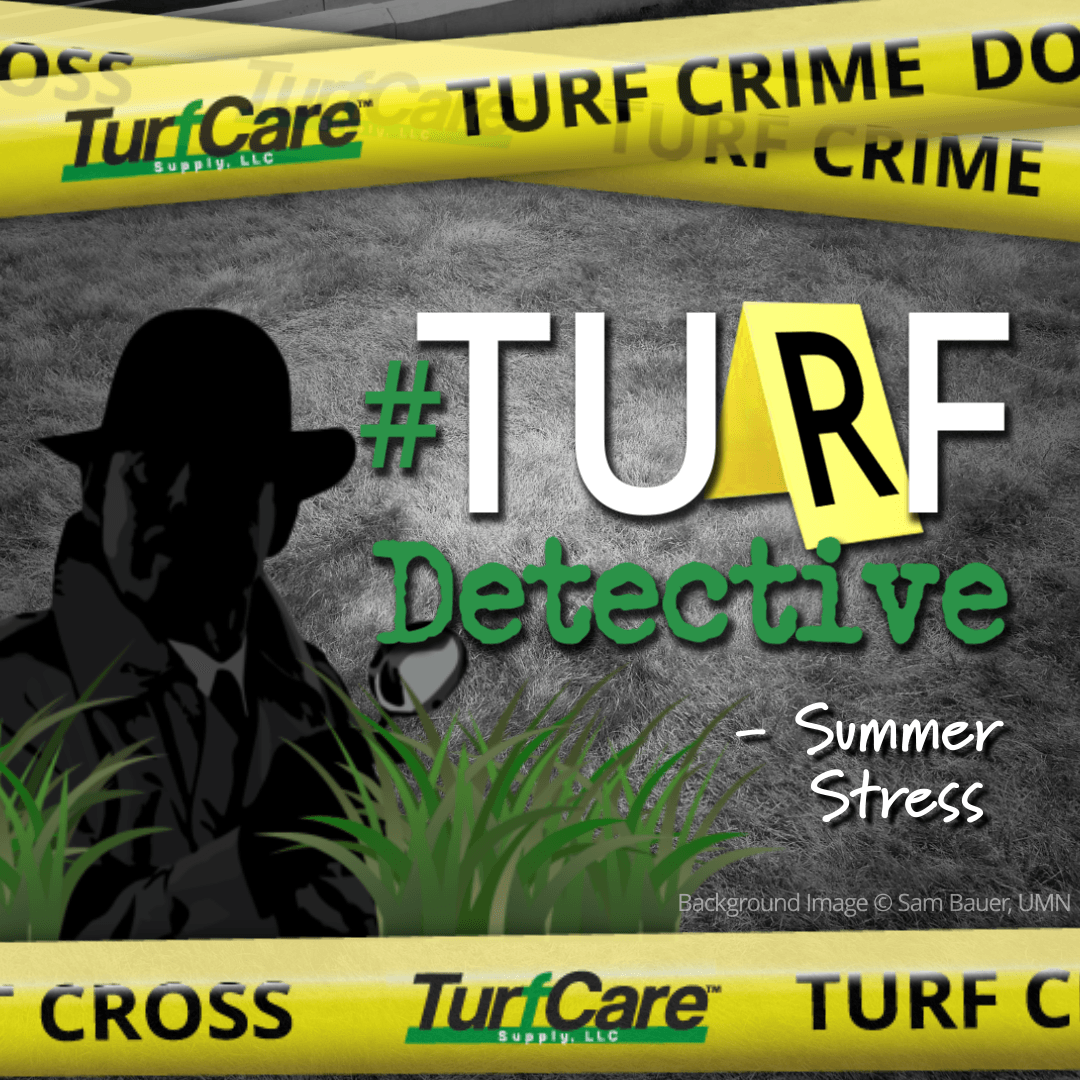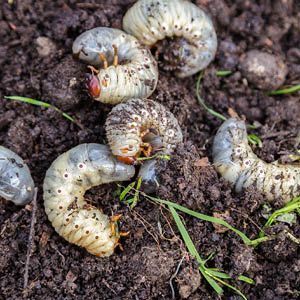JOE KNOWS! FALL into These Lawn Care Habits

6 EASY STEPS TO “WINTERIZE” YOUR LAWN FOR A SPECTACULAR SPRING
October is my favorite month of the year! Fresh apple cider, carved pumpkins, cool crisp nights, and of course, where I’m at in the mid-west, the spectacular display of vibrant fall colors that compels me to break out my camera. And there’s nothing quite like the sight of a dense, lush green lawn filling in the foreground of a mixed beech-maple forest scene - where the red, orange, and yellow leaves are so intense, they look like they’re on fire.
Have you ever noticed how most lawns just “look” better in the spring, and again in the fall? That’s because most turf grasses are adapted to perform best during the cool/moist growing seasons in their native habitats. Here in the mid-west, those months tend to be May/June and September/October. At lower latitudes, those ideal growing seasons tend to begin earlier and end later respectively. As the days get shorter and temperatures begin to fall, turf grass metabolism slows, along with growth rate. Finally, that “first-frost” makes its appearance, and your lawn knows exactly what’s just around the corner; winter.
To ensure that your turf grass can survive the winter months, there are many steps you can take to “winterize” your lawn so that it has all the growing conditions and nutrients needed to make it through even the harshest conditions. Completing these 6 simple steps in autumn will strengthen your turf grass and give you the kind of lawn you’ve always dreamed about come spring!
1. LAST MOW OF THE YEAR TO PREVENT WHITE MOLD PREVENTION
When your turf visibly stops growing is when you should mow your lawn for the last time of the season. No need to overthink this one! However, one concern that should be on every landscaper’s mind is the threat of snow mold. Coming in two varieties (pink and gray), snow mold is a fungus that outright kills grass in late winter/early spring when the snow starts to melt. Just because your lawn has never had it, doesn’t mean it can’t take hold in the right conditions. The best method of prevention is to lower your cutting blade by about 25% on your final mow of the year. This will reduce your lawns height which will in turn prevent grass blade matting (the perfect growing conditions for white mold). Keeping your thatch layer below ½ inch, as well as leaf-mulching or raking all the leaves away before the first snowfall are two other important steps you can take to prevent a potential outbreak.
- NOTE: In warm and arid climates, where the average rainfall is less than 20 inches per year, mowing should continue as normal but only about half as often (skip weeks). Leave the clipping on your yard for this layer will help hold in moisture over the winter while returning Nitrogen, Phosphorus and Potassium back to a lawn. Don’t trim your grass too short but also be wary of leaving it too long; southern lawns need to be at a good length in order to let it protect itself naturally.
2. AERATION
The process of aeration consists of nothing more than punching small holes in the ground at regular intervals. Aeration is an often-overlooked step that performs three important functions: 1.) It reduces soil compaction 2.) It prevents excess thatch accumulation 3.) It increases the number of channels for oxygen, water, and nutrients to make their way into the root system, resulting in healthier, denser roots and a more stress-resistant turf. This is a simple step everyone should add to his or her lawn care lineup.
3. APPLY NITROGEN FERTILIZER
Did you know that one of the most important times of year to apply nitrogen is in early fall? A supply of nitrogen in the fall will help fortify your turf for better winter survival and provide a reserve that the plant will utilize come spring. This simple step will also help promote a deep green color late into fall when most other grasses are losing their vibrancy.
- NOTE: Don’t apply nitrogen fertilizer during the 2nd half of fall; this creates a climate conducive to white mold outbreaks.
4. GOT WEEDS? APPLY POST-EMERGENCE BROADLEAF HERBICIDES
Naturally, the best defense against weeds taking hold is a dense, thick turf with minimal thatch and no bare spots. Sometimes, regardless of turf density, weeds are persistent. As a precaution, the use of a post-emergent broadleaf herbicide is recommended. Applying this in the fall will ensure that any weeds (such as dandelion, clover, and ground ivy) that might secretly be taking hold in your lawn don’t get a chance to blossom in the spring.
5. PERFORM SEEDING / RESEEDING / SODDING
The best time of year to plant cool season grasses from seed is late summer/early fall. Remember, cool season grasses are optimized to grow during the cool-moist season, so if you have any bare patches of land to seed, or any reseeding work to perform, wait until after the height of the summer temperatures. For most of the northern U.S., this means early September. For the southern U.S., late September to early October is the best time to seed. *Important* never use a pre-emergent herbicide while seeding/reseeding. Pre-emergent herbicides will kill germinating grass seeds. For soil that has been thoroughly turned over, make sure to use a starter fertilizer with optimum levels of phosphorous.
If you’ve decided to completely start your lawn over from scratch and have chosen to install sod over dropping seed, early fall is the best time to accomplish this task. Make sure to perform a soil test to check for any nutritional deficiencies. Most of the time, sod has already been adequately fertilized by the sod farm. After installing sod, allow the root system to adapt and anchor into the topsoil BEFORE adding any fertilizer (most sod experts recommend waiting 30-60 days before applying any fertilizer to a newly sodded lawn). During the first 7-10 days, make sure the lawn is adequately watered, then gradually reduce to recommended irrigation levels appropriate for grass type and climate.
6. ADJUST SOIL PH WITH LIME
Last, a simple soil pH test will determine whether or not to add lime to your soil, and if so, how much. It is important to remember that in extremely acidic soils, both turf grass and beneficial bacteria struggle to grow. The addition of fertilizer can have a profound effect on soil pH, therefore lime is the perfect balancing agent. It is important to read all application rate instructions to prevent the deposit of too much lime. Too much lime can lead to alkaline soil, which have been known to accelerate nitrate leaching, as well as decrease phosphorous availability to plant roots.
That’s it! FALL into these 6 simple habits, and your lawn will be more green and lush than it’s ever been when spring rolls in. In the meantime, don’t forget to enjoy this year’s peak fall color; it only lasts for a few short weeks each year!
For professional fertilizers, humic and AMP-XC™ enriched products available, please visit TurfCare’s online Product Catalog.
For green industry professionals or others interested in ordering Turfcare products, please contact our Customer Service to find a distributor near you.
The TURFReport Highlights:
Additional Articles and Insights
